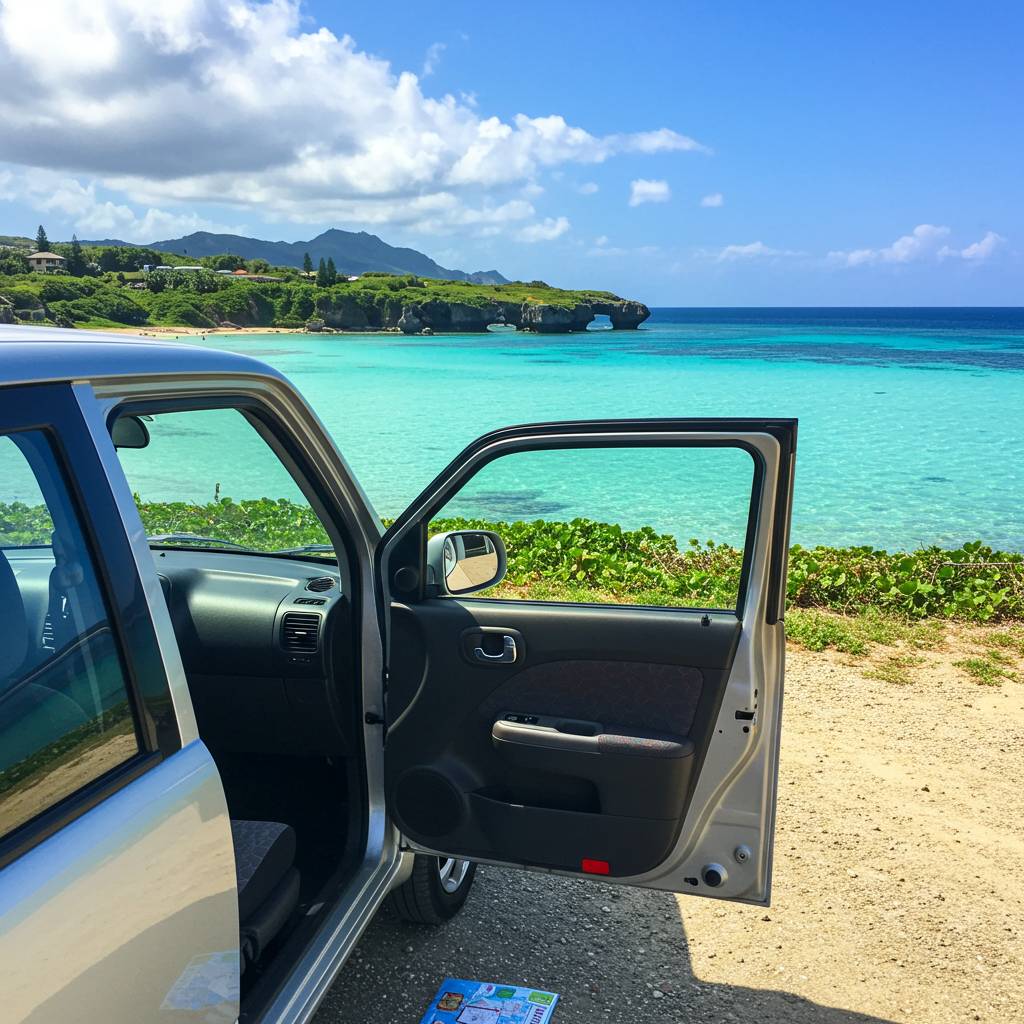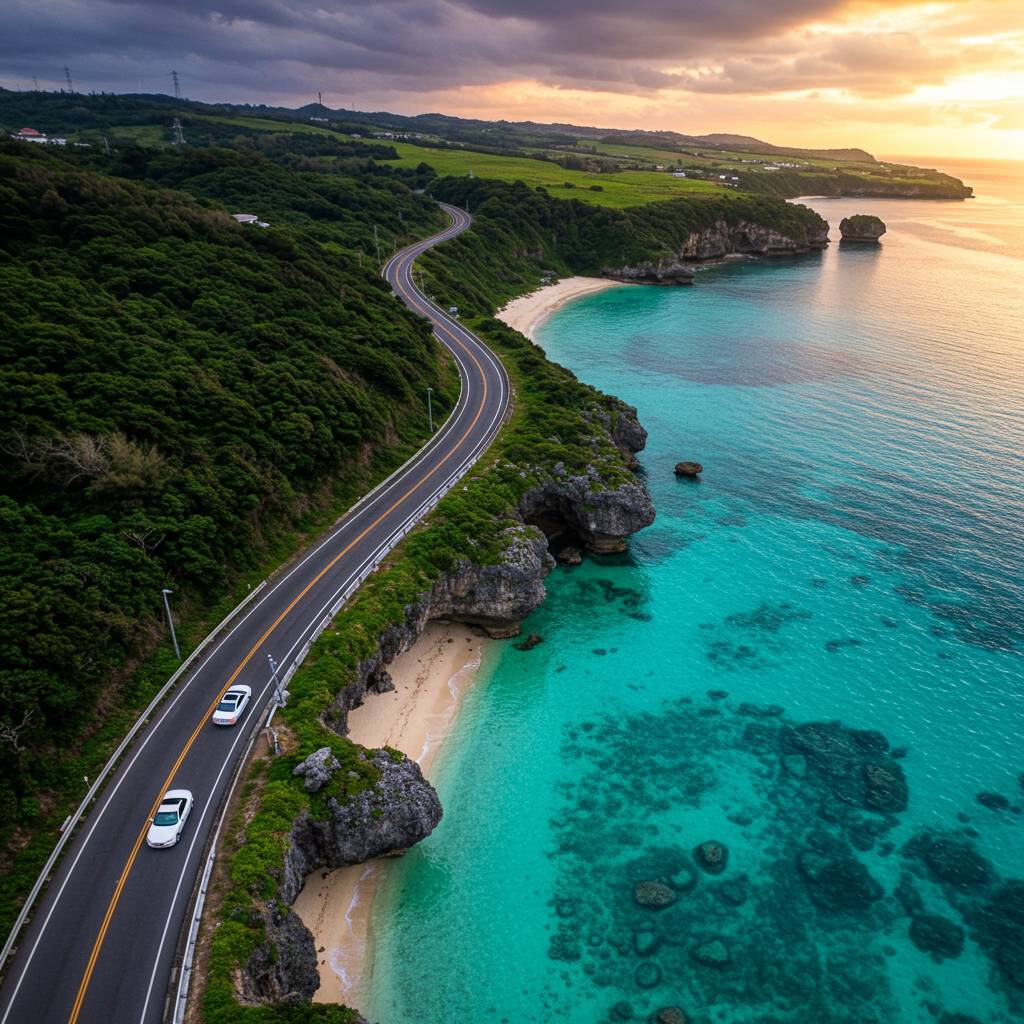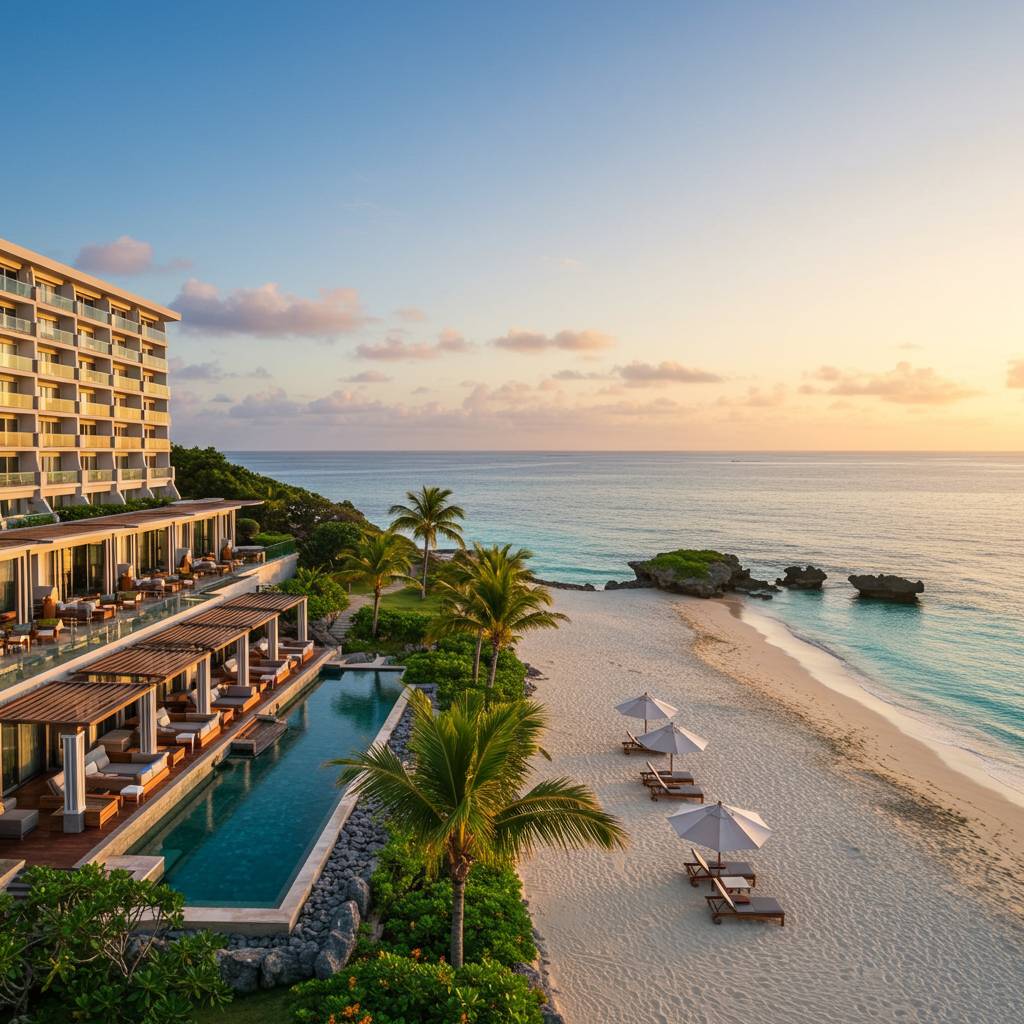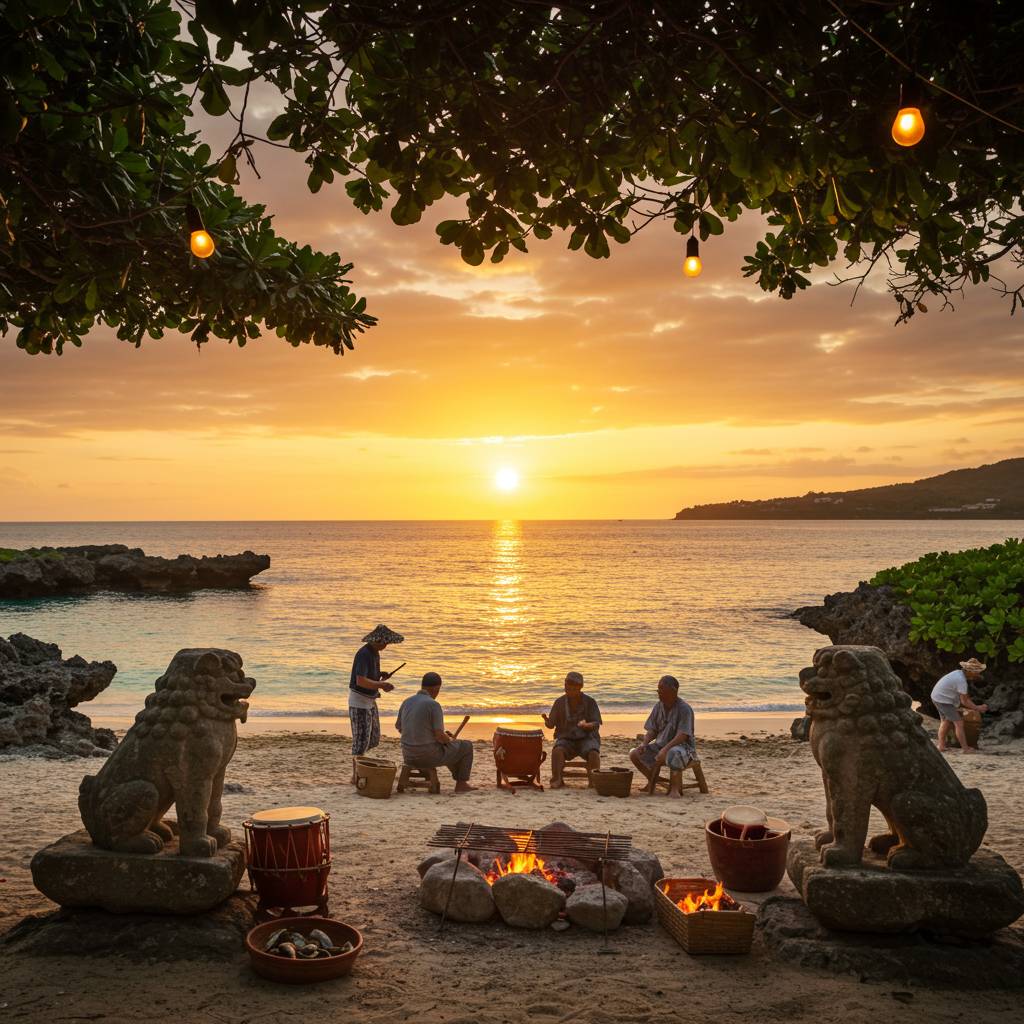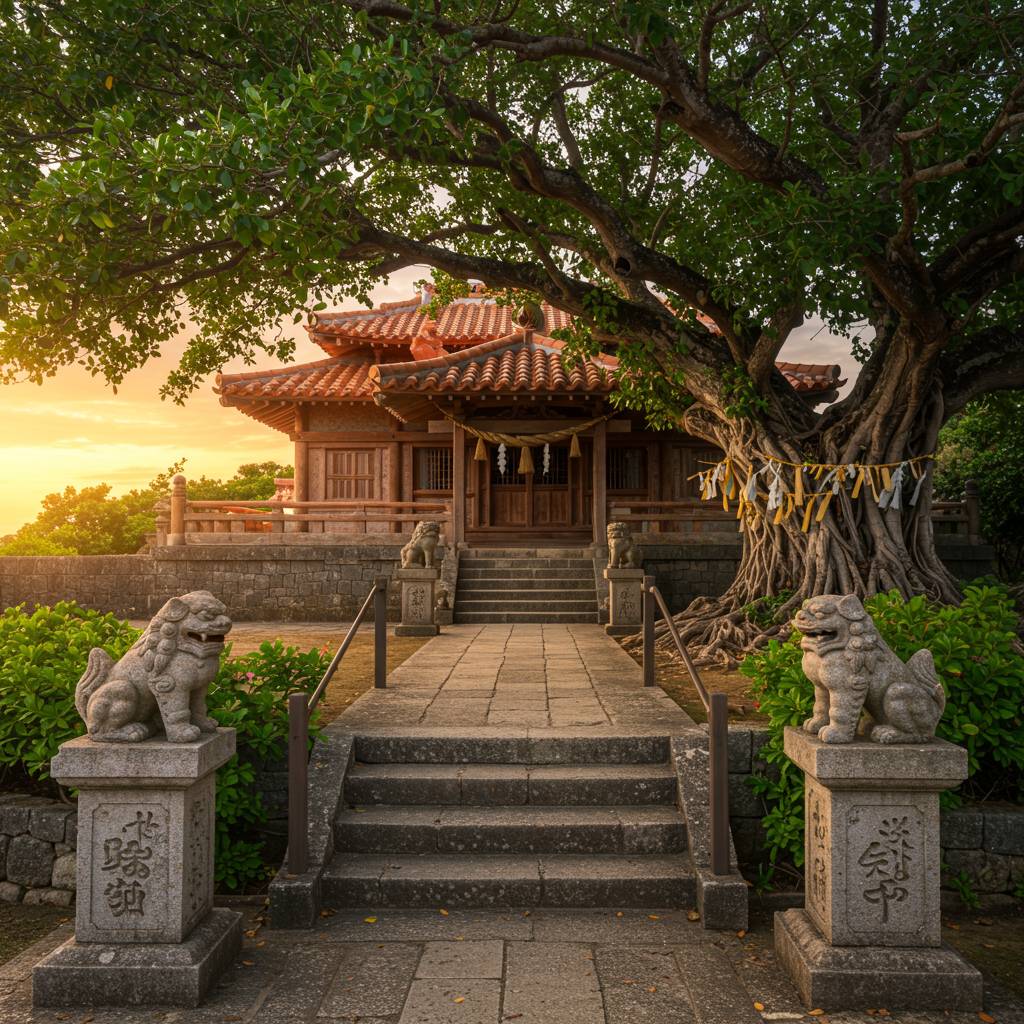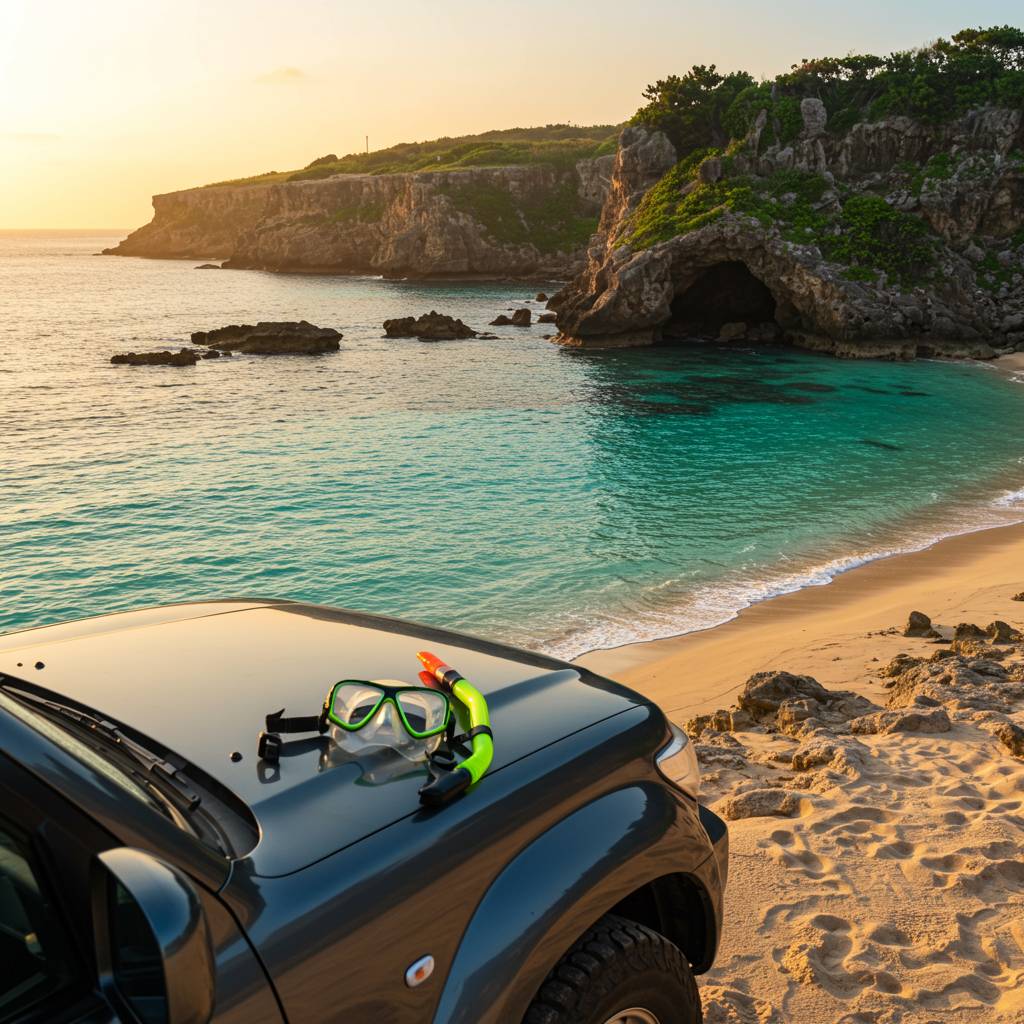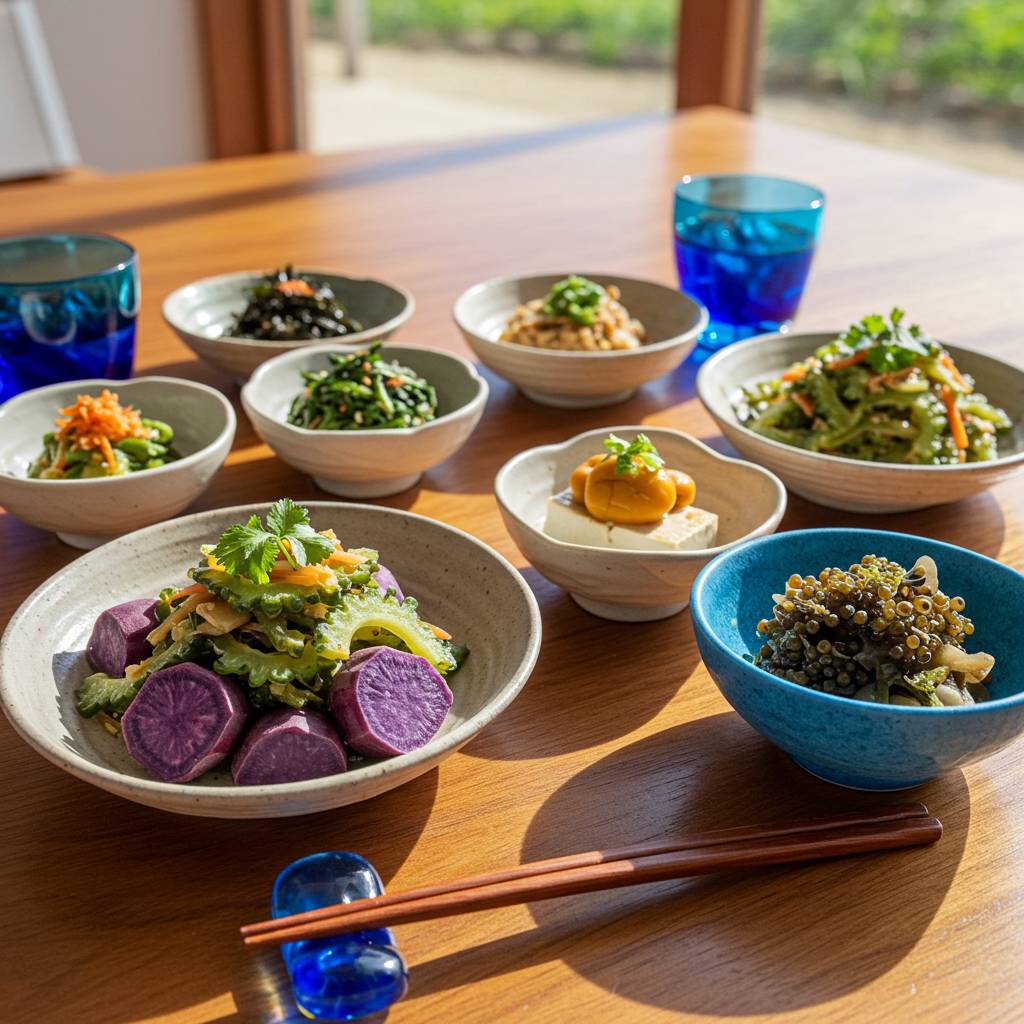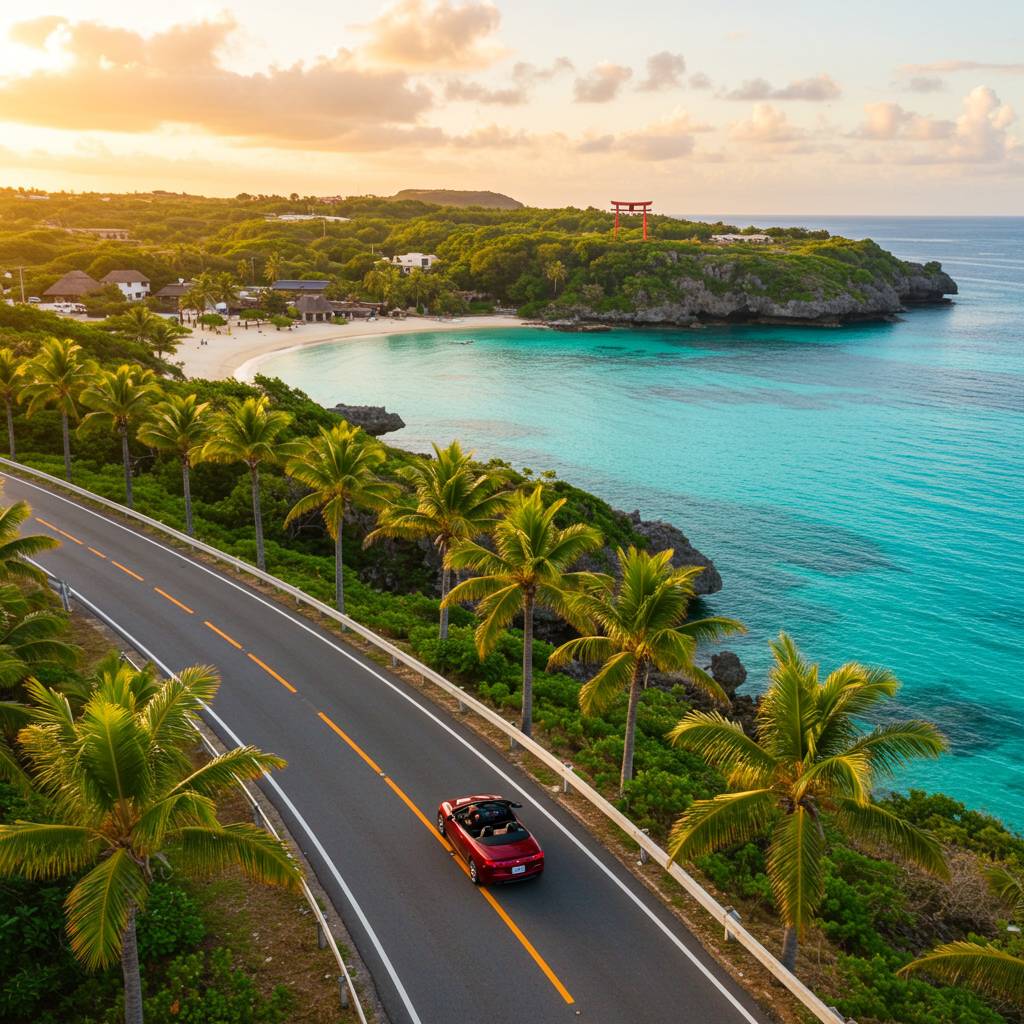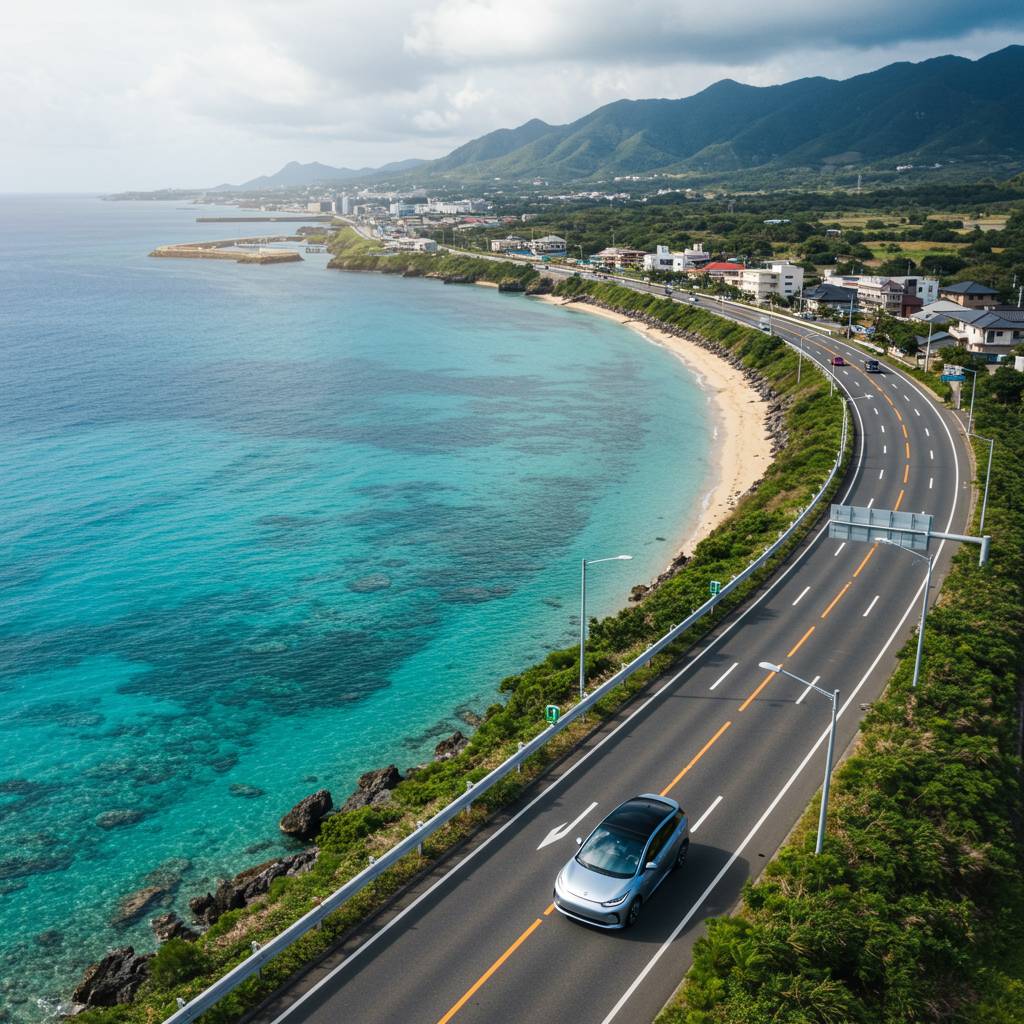Planning your dream Okinawa vacation but worried about transportation costs eating into your travel budget? You’re not alone. Car rental prices in Okinawa have been steadily increasing, with many travelers unknowingly paying up to 60% more than necessary. After spending five years researching the Okinawa car rental market and helping thousands of travelers secure the best deals, I’ve compiled this comprehensive guide to ensure you don’t fall into the same costly traps.
Whether you’re dreaming of cruising along the stunning coastal roads of Okinawa’s main island or exploring hidden gems in Ishigaki, the right rental strategy can save you hundreds of dollars while enhancing your travel experience. In this article, I’ll reveal industry insider tips that rental companies don’t want you to know, share the exact booking timeline that yields the lowest rates, and provide a carefully crafted itinerary that maximizes both savings and unforgettable experiences.
Discover how savvy travelers are enjoying luxury vehicles at economy prices and why the traditional rental approach is costing most visitors more than necessary. Ready to transform your Okinawa adventure without breaking the bank? Let’s dive in.
1. 5 Secret Hacks to Save Over 60% on Your Okinawa Car Rental
Exploring Okinawa’s pristine beaches and hidden gems demands the freedom of a rental car, but costs can quickly add up. Savvy travelers know that with the right approach, you can slash your car rental expenses by more than 60%. First, book at least three months in advance when rates are typically at their lowest – companies like OTS Rent-a-Car offer early bird discounts that can save you 25-30% instantly. Second, avoid airport pickup locations where convenience premiums apply; instead, use Okinawa’s efficient monorail to reach downtown locations of major providers like Times Car Rental, where rates can be 15-20% lower. Third, join free loyalty programs such as Nippon Rent-A-Car’s membership club, which provides immediate discounts and free upgrades. Fourth, choose compact models like the Nissan Note or Toyota Vitz – these fuel-efficient options not only save on rental costs but also on Okinawa’s higher-than-mainland gas prices. Finally, extend your rental to weekly rates rather than daily charges – a seven-day rental often costs the same as five individual days at Budget or Toyota Rent-a-Car. By combining these strategies, many visitors report total savings exceeding 60% compared to standard tourist bookings, leaving more room in your budget for experiencing Okinawa’s extraordinary attractions.
2. Why Most Tourists Overpay for Okinawa Car Rentals (And How to Avoid It)
Most visitors to Okinawa end up paying significantly more than necessary for their rental cars due to several common mistakes. The rental market on this tropical island operates differently than many other destinations, with pricing fluctuations that savvy travelers can leverage to their advantage.
The primary reason tourists overpay is booking too late. Okinawa’s limited vehicle supply means prices typically increase as availability decreases. Booking at least 3-4 weeks in advance can save you 30-40% compared to last-minute reservations.
Another costly error is renting directly at airport counters. These convenient locations charge premium rates, sometimes 25-35% higher than off-airport locations. Companies like OTS Rent-a-Car and Times Car Rental offer free shuttle services from the airport to their nearby offices, providing identical vehicles at much lower rates.
Many travelers also fail to compare multiple booking platforms. While major international sites like Expedia or Booking.com offer convenience, local platforms such as Tabirai or Klook frequently feature exclusive discounts with Okinawan rental companies.
Tourists often unnecessarily upgrade to larger vehicles. Okinawa’s roads are narrower than what many Western drivers are accustomed to, and parking can be tight in popular areas. A compact car is perfectly adequate for most travelers and can save 15-20% on rental costs while making navigation easier.
Insurance is another area where tourists frequently overspend. Many credit cards provide collision coverage for rental cars, and Japanese rental companies already include basic liability insurance in their rates. Before purchasing expensive add-on insurance packages, check what coverage you already have.
Lastly, few visitors take advantage of long-term rental discounts. Even if staying for just 5-7 days, asking for a weekly rate instead of the daily rate can reduce your total cost by 10-15%, a simple negotiation that most tourists never attempt.
By avoiding these common pitfalls, you can easily reduce your Okinawa car rental expenses by 40-50% while still enjoying the freedom to explore this beautiful island at your own pace.
3. The Ultimate Okinawa Road Trip Guide: Rent Smart, Experience More
Planning an Okinawa road trip can transform your vacation from ordinary to extraordinary. With pristine beaches, ancient castle ruins, and breathtaking coastal drives, exploring this Japanese paradise by car offers unparalleled freedom. The key to maximizing your Okinawa adventure lies in strategic car rental decisions.
Start by booking your rental car at least two months in advance, especially during peak seasons like Golden Week and summer. Companies like OTS Rent-a-Car and Times Car Rental offer competitive rates with early reservations, sometimes up to 40% off regular prices. Consider compact cars like the Nissan Note or Toyota Vitz, which combine fuel efficiency with easy parking in Okinawa’s sometimes tight spaces.
For the ultimate Okinawa experience, plan your route carefully. The coastal drive from Naha to Cape Manzamo offers spectacular ocean views, while the Yanbaru region in the north provides lush forests and wildlife spotting opportunities. Don’t miss the Kouri Bridge connecting to Kouri Island – a 2,000-meter stretch with panoramic ocean views on both sides.
Remember that international visitors must present their International Driving Permit alongside their home country license. Navigation apps like Google Maps work well throughout the island, but consider renting a Wi-Fi device or purchasing a local SIM card for uninterrupted connectivity.
Fuel stations are plentiful in urban areas but can be sparse in northern Okinawa. A practical rule is to refill whenever your tank drops below half, especially when venturing beyond Nago city. Most car rental companies require you to return the vehicle with a full tank, so locate a gas station near your drop-off point.
Many Okinawan attractions offer free parking, but popular spots like Shuri Castle and Churaumi Aquarium charge 300-500 yen per visit. Budget for approximately 1,000 yen daily for parking expenses. For beach visits, arrive early to secure free roadside parking spots that fill quickly by mid-morning.
By combining smart rental choices with strategic planning, you’ll create a memorable Okinawa road trip that balances cost and experience. The island’s compact size – just over 100km from north to south – means you can experience diverse landscapes, cultural sites, and hidden gems all in a single adventure when you have the freedom of your own wheels.
For rental car reservations in Okinawa, visit “RENT A CAR HIROBA”
Make the best memories of your trip at the rental car plaza!
Click here to reserve a rental car ↓
・Cheap rental cars in Okinawa are at the lowest price starting from 1,500 yen. Rent-a-car Hiroba is recommended for reservations and comparisons.
https://rentacar-hiroba.com/

